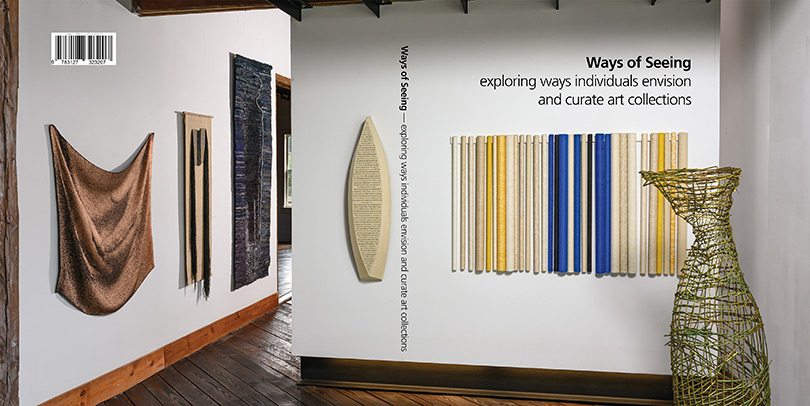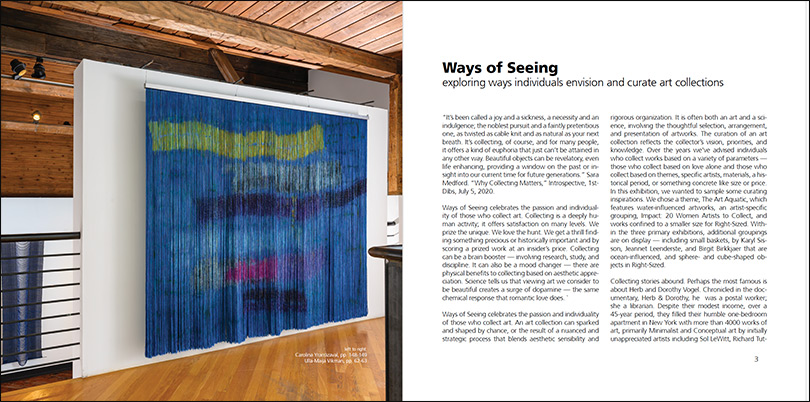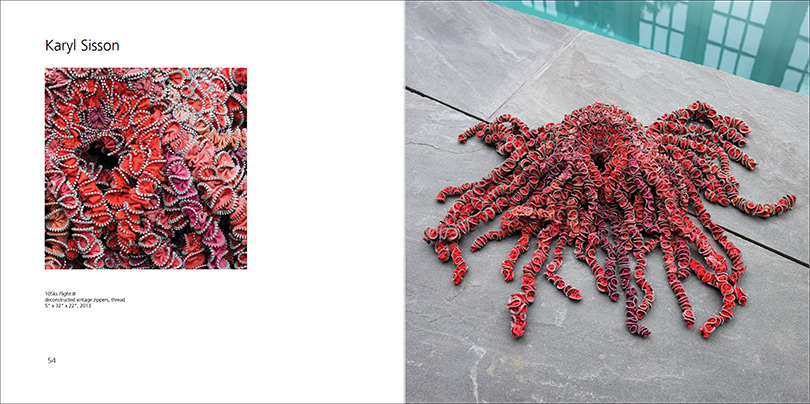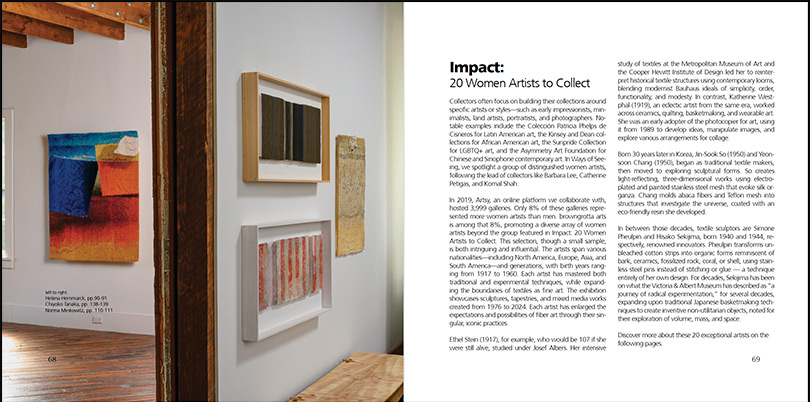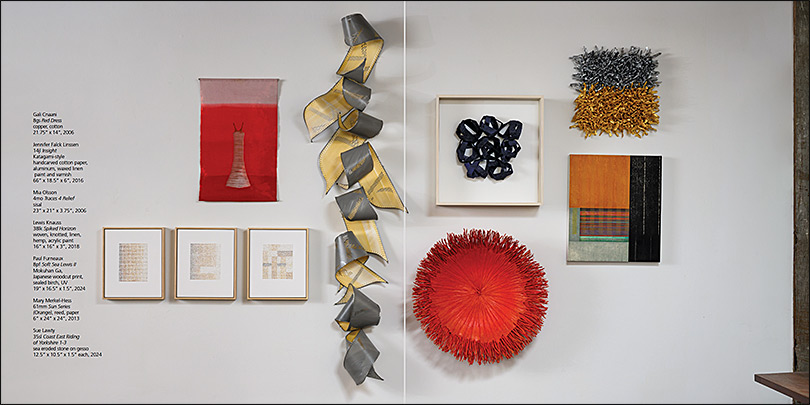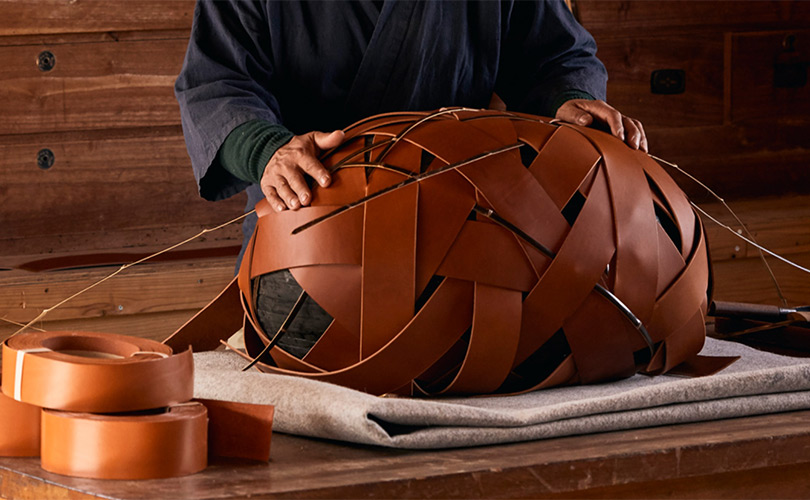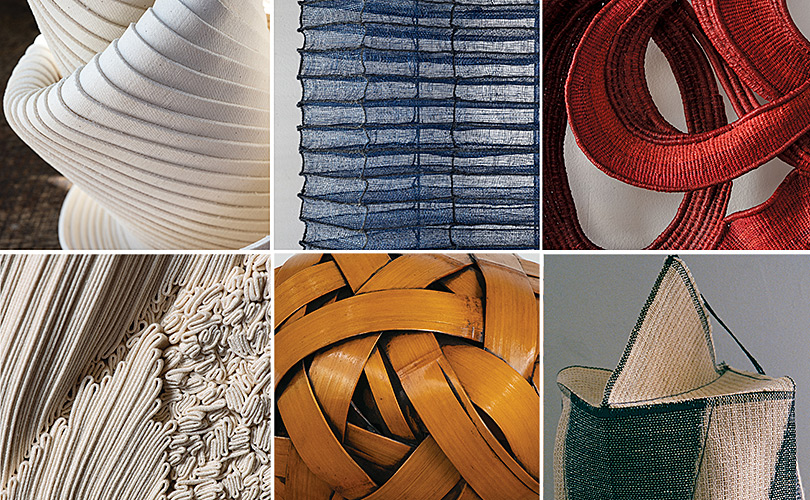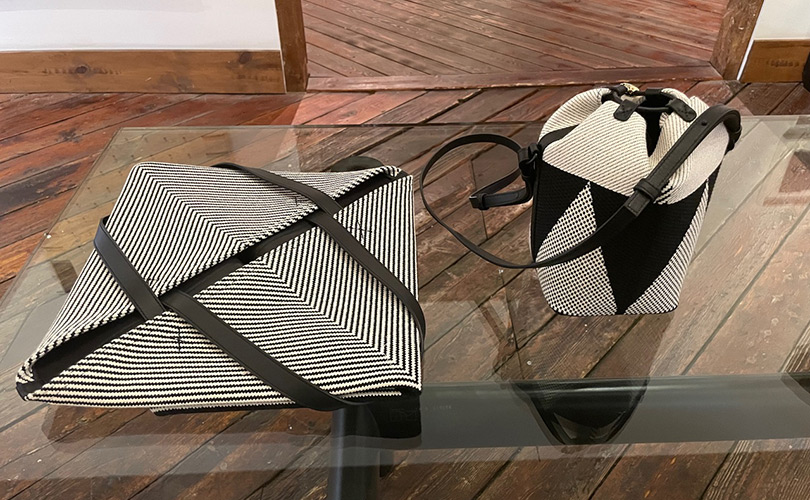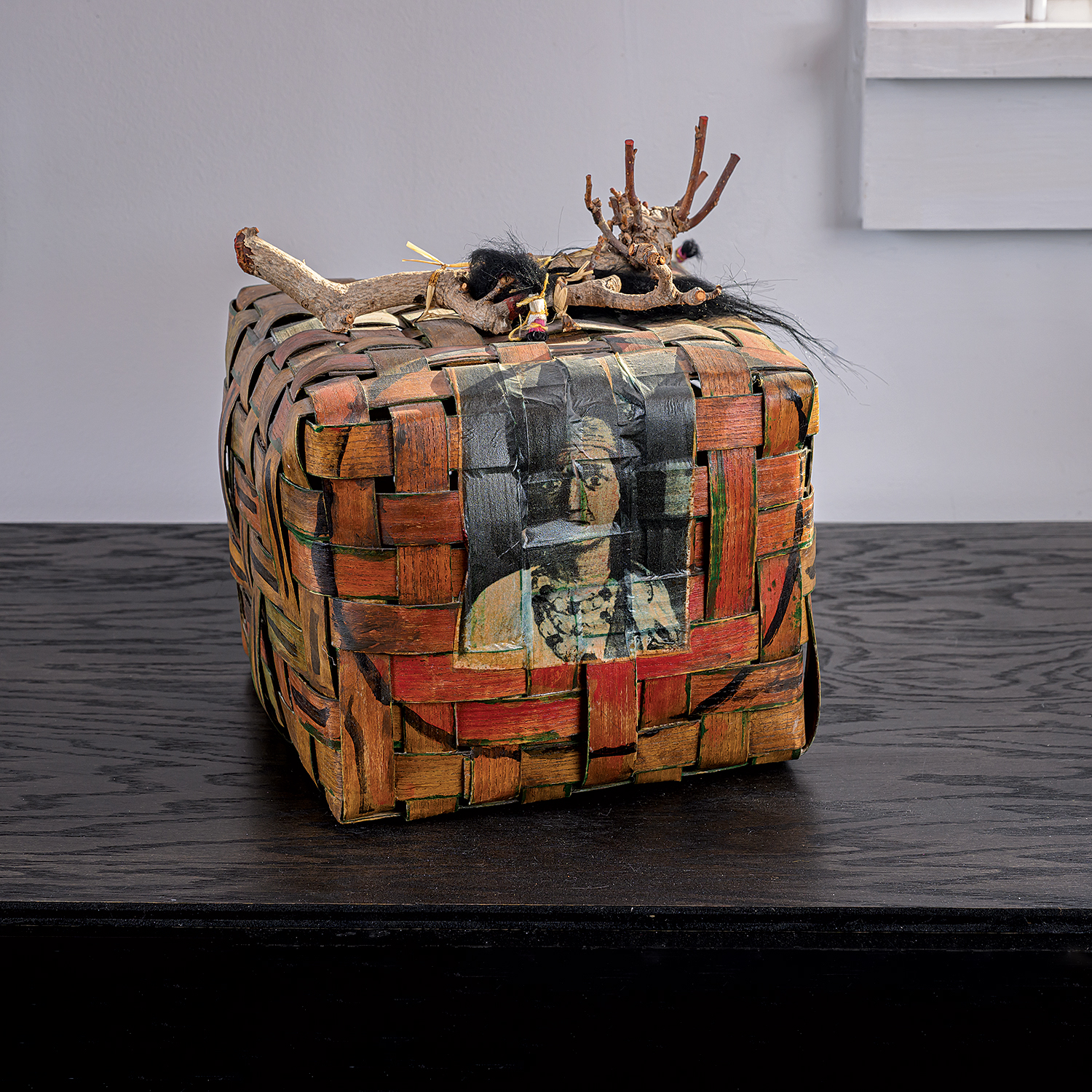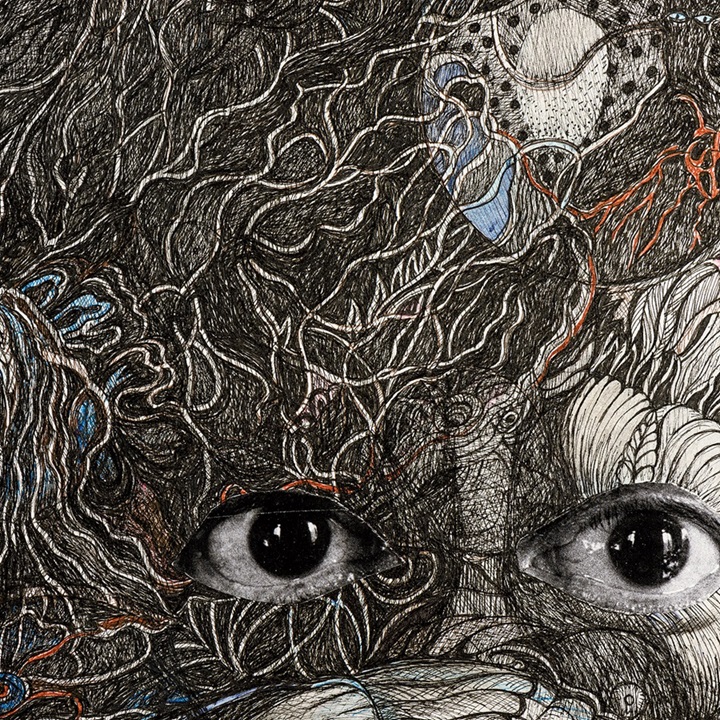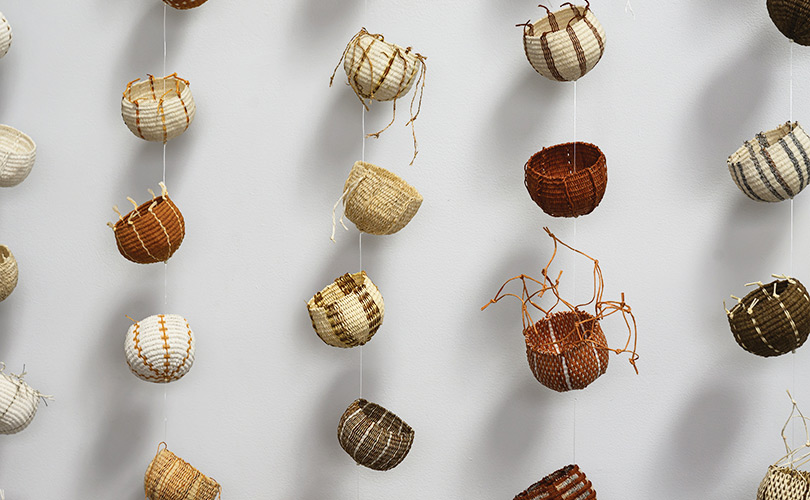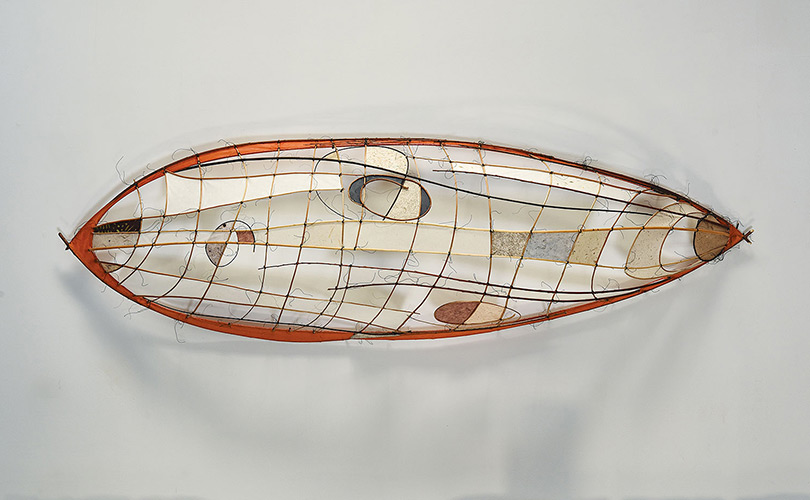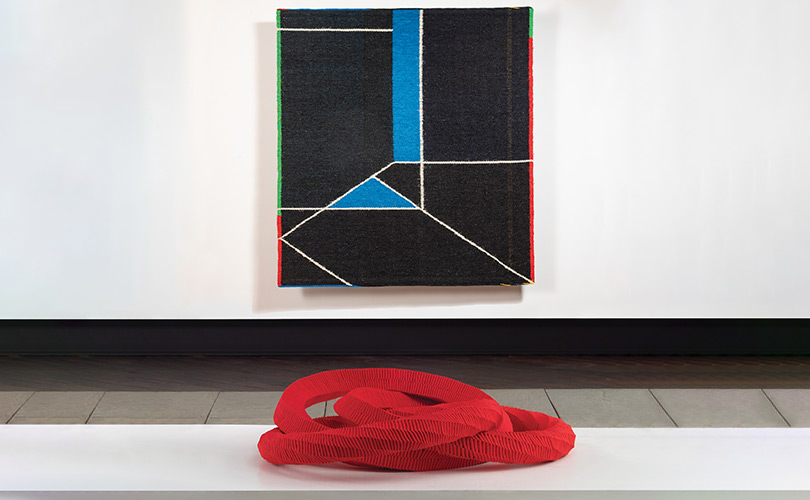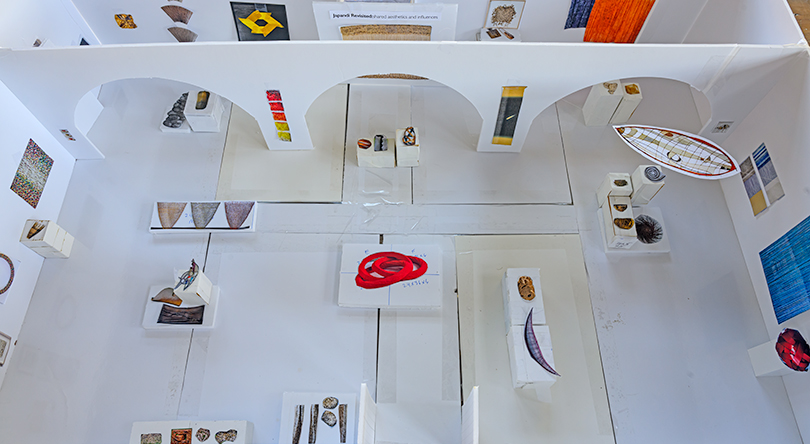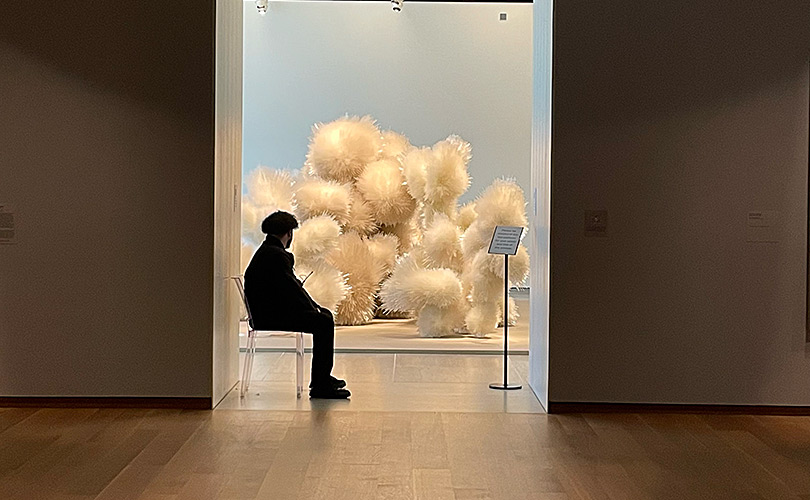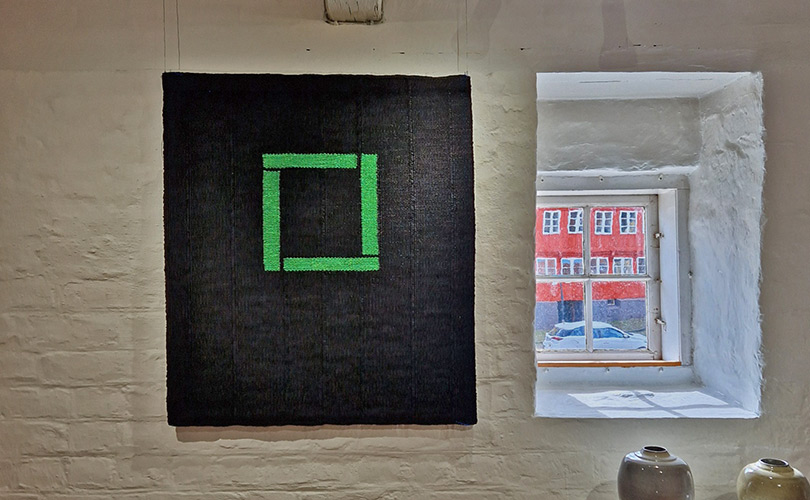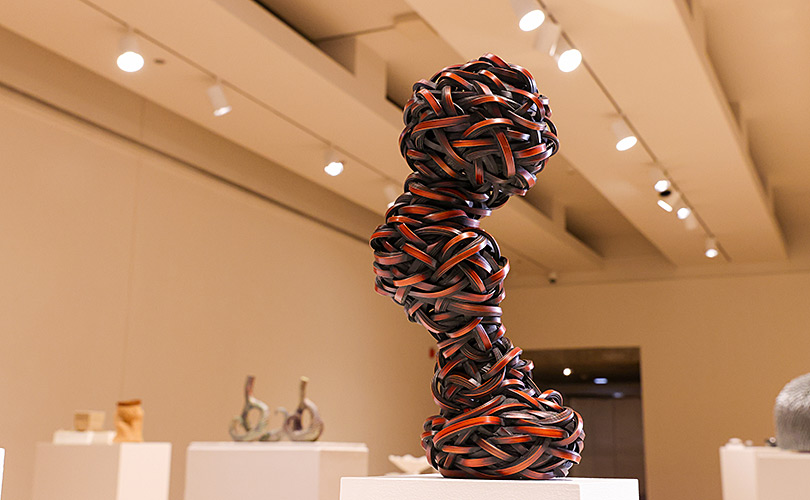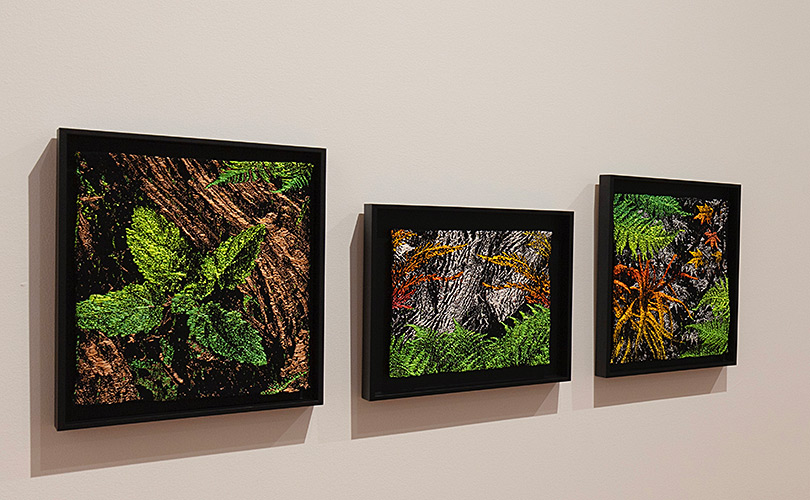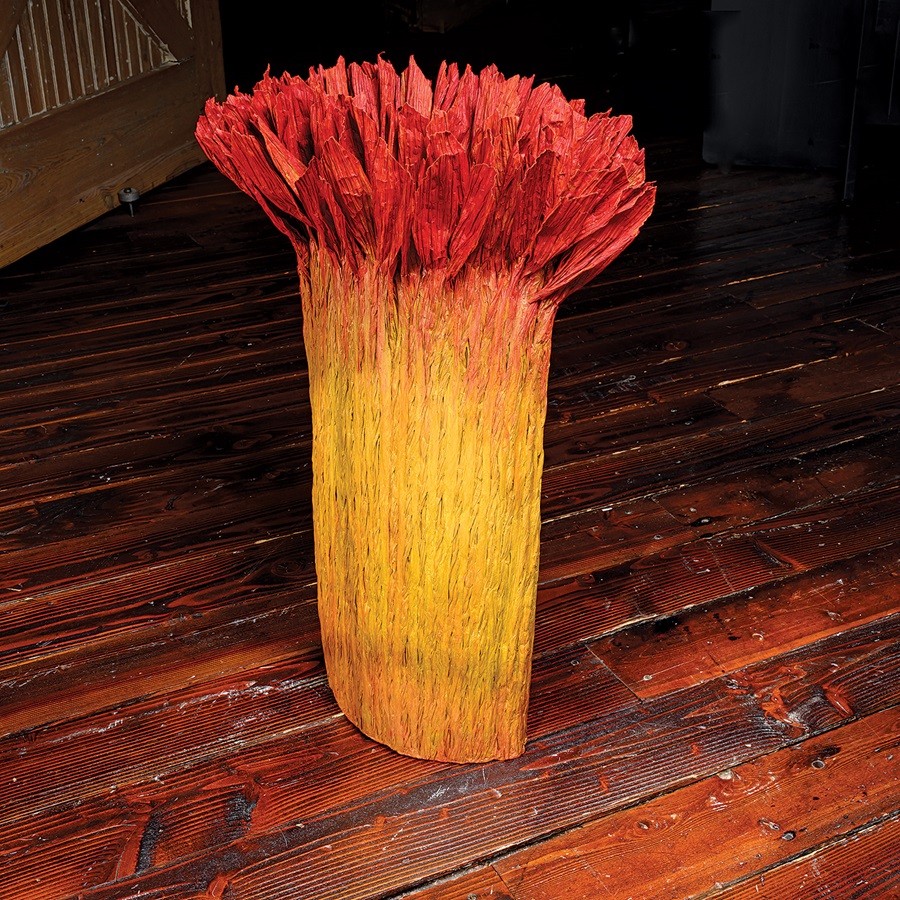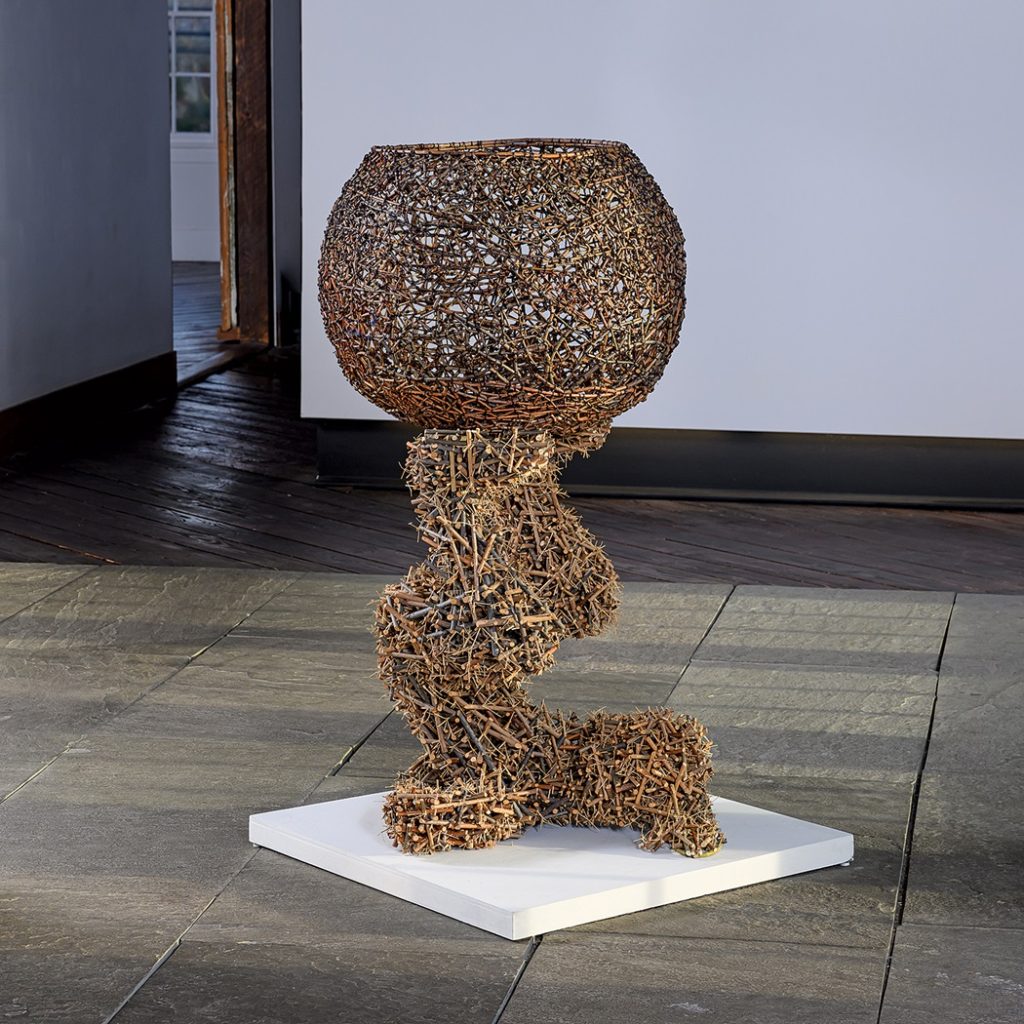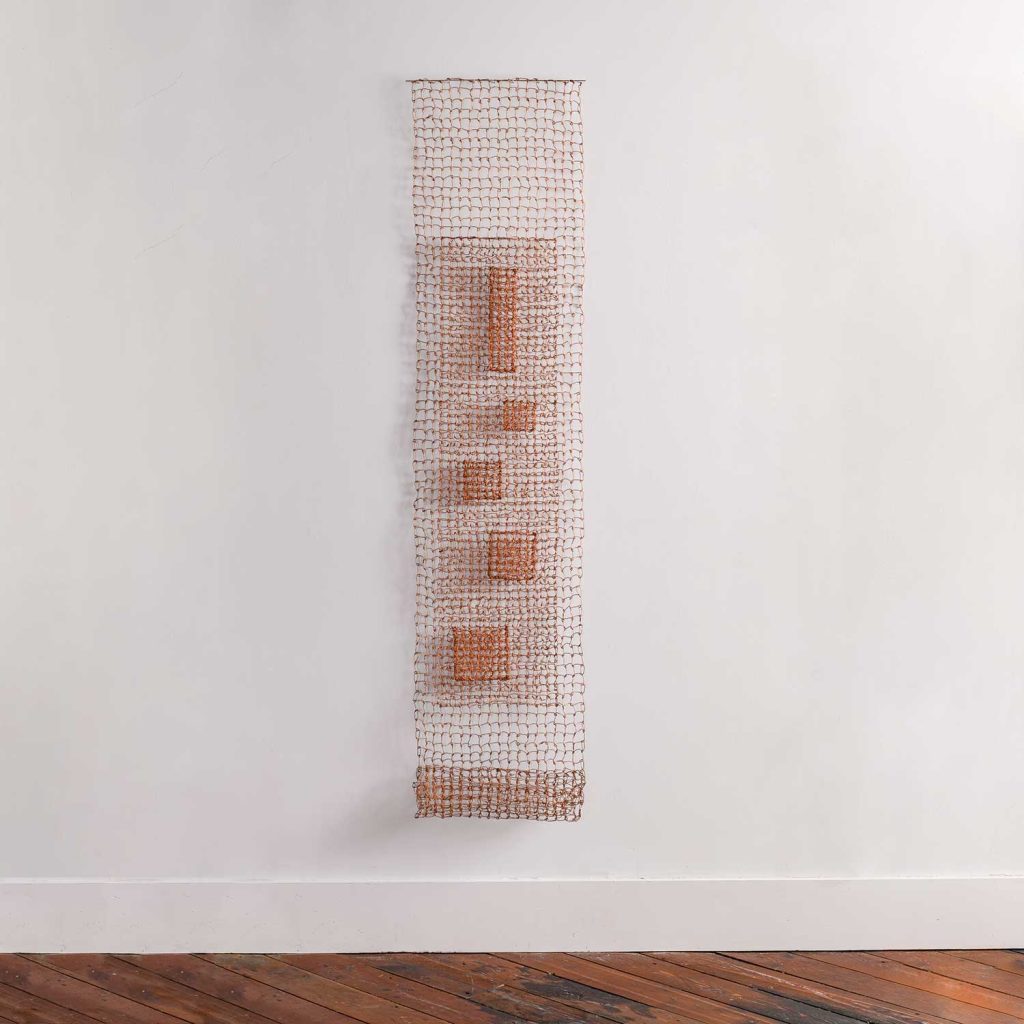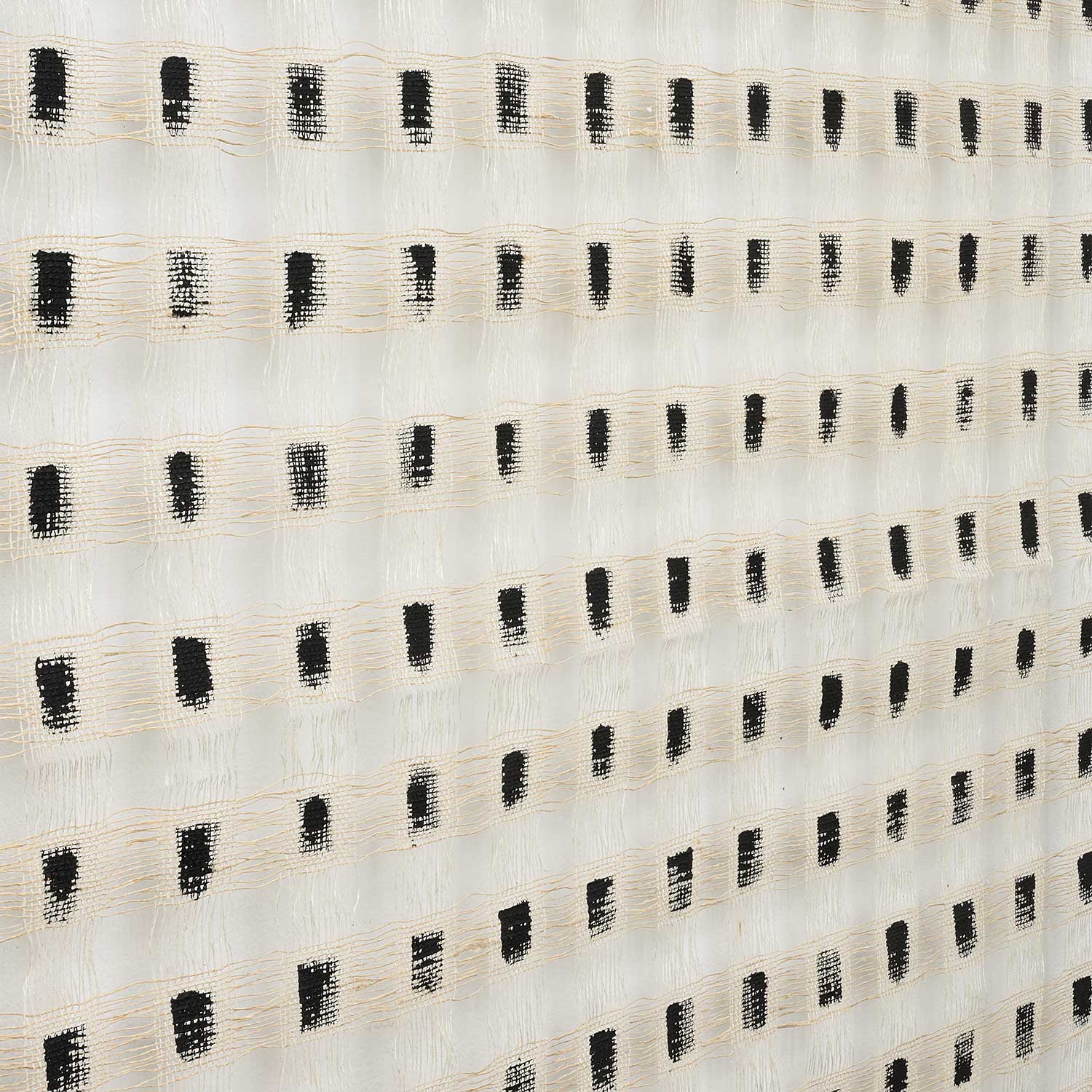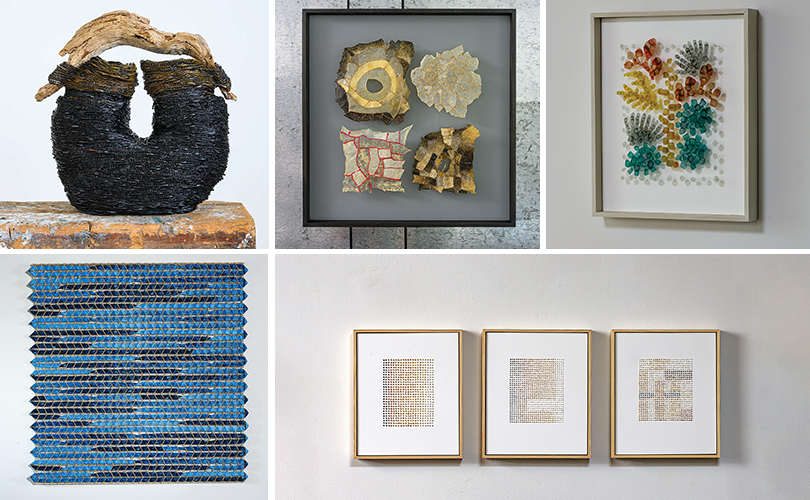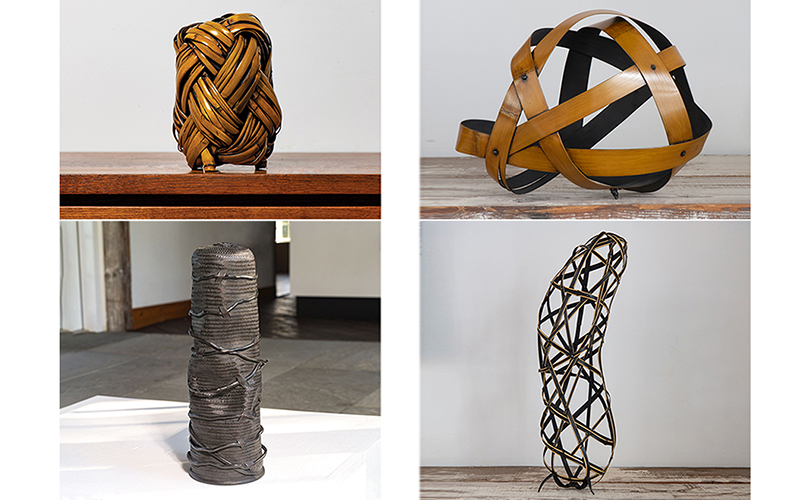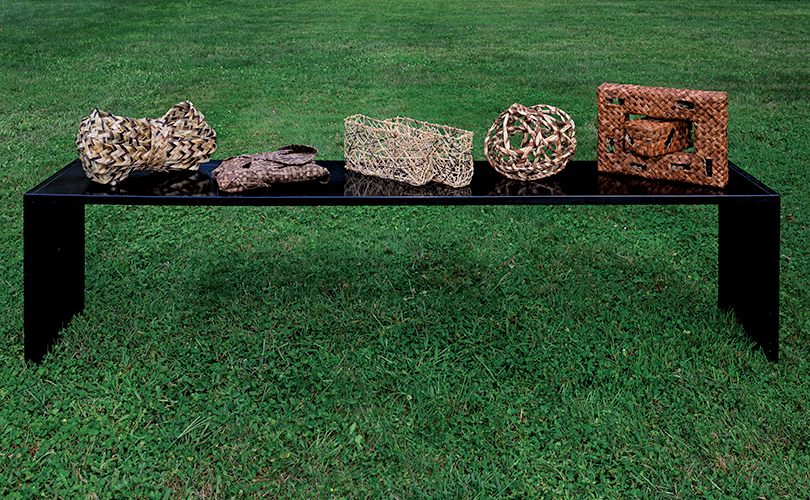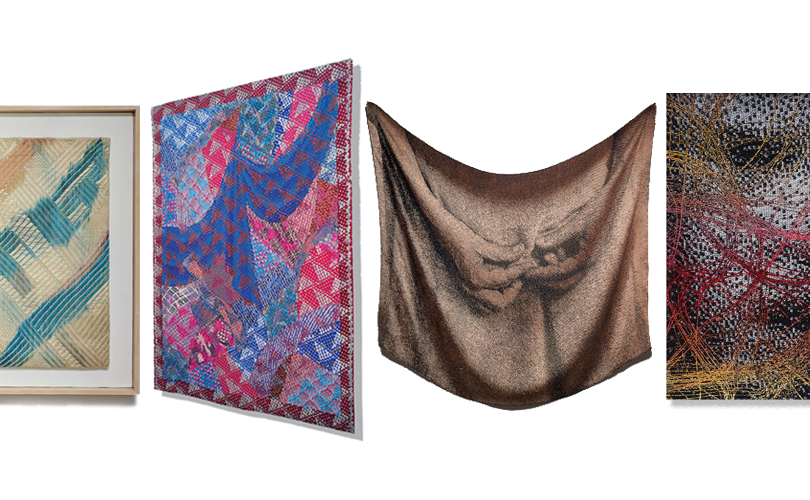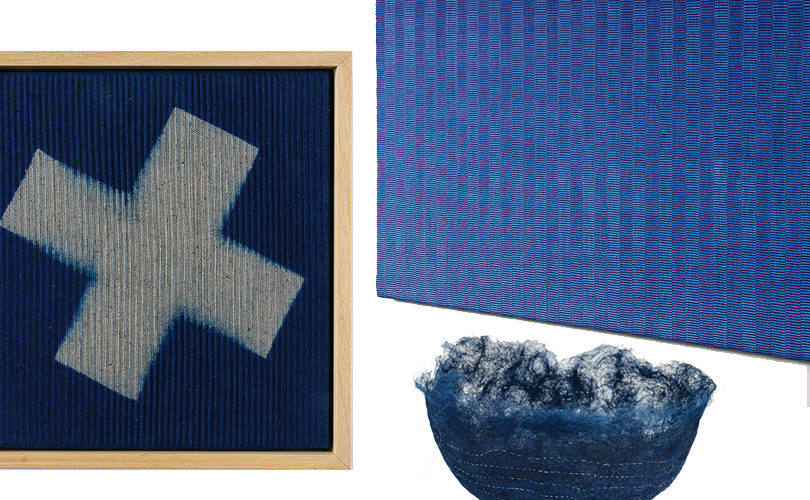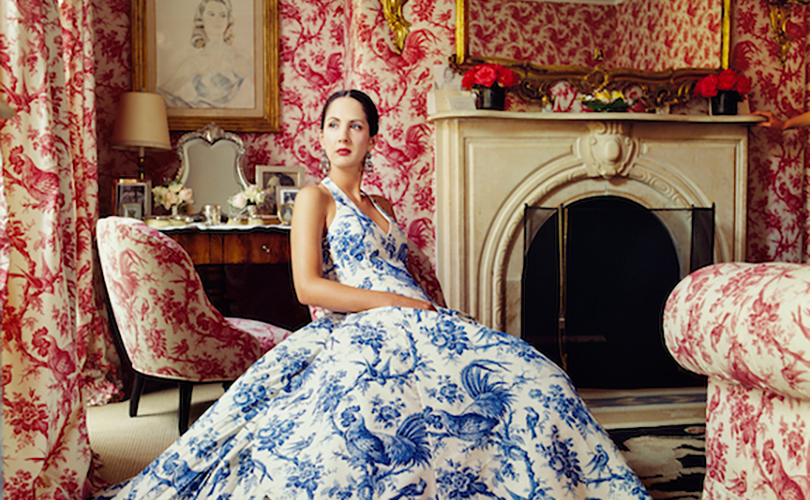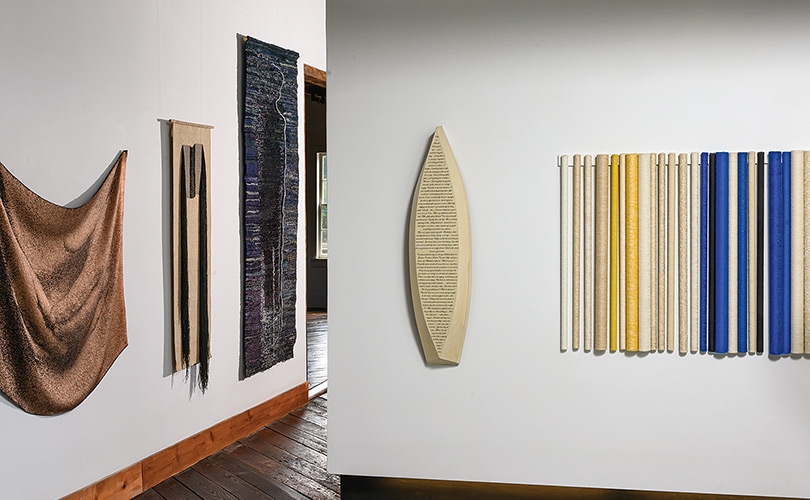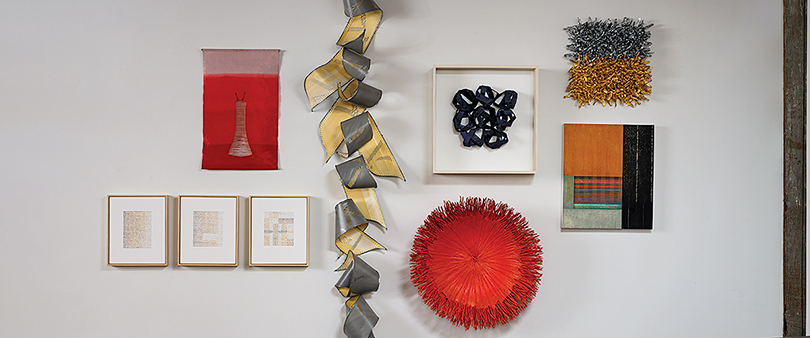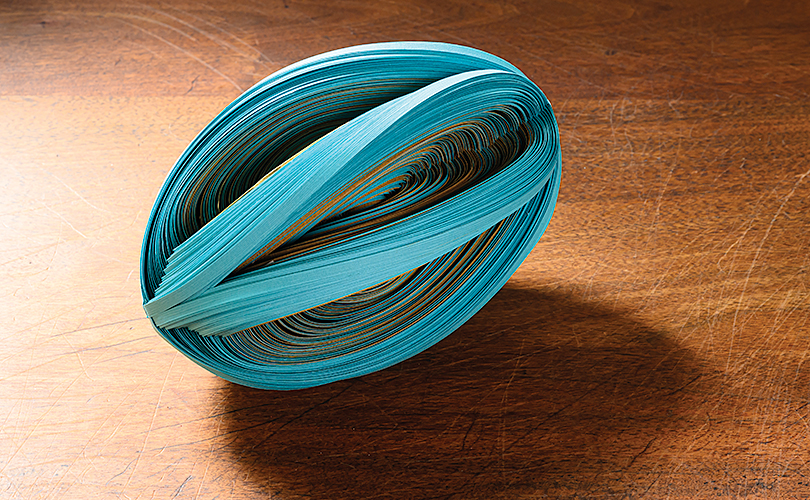We may not have seen the first female president in the US this year, but women are getting a well-deserved attention in the art world in 2024. We’ve previously written about women-centric exhibitions worth seeing: Subversive, Skilled, Sublime: Fiber Art by Women which includes Lia Cook, Kay Sekimachi, Adela Akers, Katherine Westphal and may others, at the Smithsonian in Washington, D.C, Sheila Hicks at the Josef Albers Museum Quadrat Bottrop and the Kunsthalle Düsseldorf museums in Germany and Sublime Light: Tapestry Art of DY Begay, at the National Museum of the American Indian. All of these run through the winter into at least January 2025.

But there are even more, exhibitions that highlight women as artists and art collectors and curators. Not to be missed are Olga de Amaral at the Fondation Cartier in Paris, Composing Color, the Paintings of Alma Thomas at the Denver Art Museum in Colorado, Georgia O’Keefe and Henry Moore, at the Museum of Fine Arts, Boston, Massachusetts, and Lillie P. Bliss and the Birth of the Modern at the Museum of Modern of Art in New York.
The Fondation Cartier Pour l’Art Contemporain is presenting the first major retrospective in Europe of Olga de Amaral, a key figure of the Colombian art scene and of Fiber Art. The exhibition brings together nearly 80 works made between the 1960s and now, many of which have never been shown before outside of Colombia. As the Museum explains, de Amaral’s unclassifiable work draws equally from the Modernist principles that she discovered studying at the Cranbrook Academy of Art in the United States, and the vernacular traditions of her country, as well as pre-Columbian art. The exhibition shines a light on the different periods that have characterized her artistic career: from her formal explorations (use of the grid, colors) to her experimentations (with materials and scale), as well as the influences that have nurtured her work (constructivist art, Latin-American handicrafts, the pre-Columbian era). The installation is breathtaking, with works hung in space amidst stones and sunlight.

Composing Color explores the life of the groundbreaking American artist and educator, Alma Thomas, drawing on the extensive holdings of her paintings at the Smithsonian American Art Museum (SAAM). Thomas’s abstract style is distinct, where color is symbolic and multisensory, evoking sound, motion, temperature, and even scent. The exhibition is organized around the artist’s favorite themes of space, earth, and music.
Thomas was born in 1891 in Columbus, Georgia, She moved to Washington, DC, with her family when she was a teenager. She became Howard University’s first student to earn a degree in fine art in 1924 and went on to teach art in DC public schools for more than 30 years, as well as serving as vice-president of the Barnett Aden Gallery, one of the nation’s first racially integrated and Black-owned art galleries. In 1972, at the age of 80, Thomas presented solo exhibitions at both the Corcoran Gallery of Art in Washington, DC, and the Whitney Museum of American Art in New York, earning her unprecedented recognition for a Black woman artist.

As one of the most innovative artists of the 20th century, Georgia O’Keeffe left an indelible mark on modernism—and American culture at large. In the exhibition Georgia O’Keefe and Henry Moore reveals how nature in its many forms—most notably flowers and desert landscapes—influenced O’Keefe’s art. The way she approached her work carried through to how she approached life in general, from the way she dressed to how she decorated her home. Featuring more than 150 works, Georgia O’Keeffe and Henry Moore includes paintings, sculptures, and works on paper, as well as faithful recreations of each artist’s studio containing their tools and found objects. The studio installations illuminate the heart of their artistic practice—something rarely made visible in museum spaces—and create richer portraits of O’Keeffe and Moore by encouraging visitors to imagine how they worked and lived. This major exhibition is the first to bring these two artists into conversation, using compelling visual juxtapositions to explore their common ways of seeing.
Lillie P. Bliss and the Birth of the Modern, at MoMA focuses on the collection and legacy of Lillie P. Bliss, one of the Museum’s three founders and an early advocate for modern art in the United States. On view from through March 29, 2025, the exhibition marks the 90th anniversary of Bliss’s bequest coming to MoMA and includes iconic works such as Paul Cézanne’s The Bather (c. 1885) and Amedeo Modigliani’s Anna Zborowska (1917).

Lilie P. Bliss accompanies the publication of MoMA’s book, Inventing the Modern: Untold Stories of the Women Who Shaped The Museum of Modern Art, a revelatory account of the Museum’s earliest years told through newly commissioned profiles of 14 women who had a decisive impact on the formation and development of the institution. Inventing the Modern comprises illuminating new essays on the women who, as founders, curators, patrons, and directors of various departments, made enduring contributions to MoMA during its early decades (especially between 1929 and 1945), creating new models for how to envision, establish, and operate a museum in an era when the field of modern art was uncharted territory. Bliss was an example of the women who shaped the Museum’s vision for modern art. When Bliss died, she left approximately 120 works to the Museum in her will. In an effort to ensure the Museum’s future success, Bliss stipulated that MoMA would receive her collection only if it could prove that it was on firm financial footing within three years of her death. In 1934 the Museum was able to secure the bequest, which became the core of MoMA’s collection. This included key works by Cézanne, Georges-Pierre Seurat, Paul Gauguin, Vincent van Gogh, Pablo Picasso, Modigliani, Odilon Redon, Marie Laurencin, and Henri Matisse. Bliss’s bequest wisely allowed for the sale of her works to fund new acquisitions, facilitating the purchase of many important artworks, including Van Gogh’s The Starry Night, which is featured in Lillie P. Bliss exhibition.
Hope you can get to see one or more of these exceptional exhibitions!
Exhibitions/Locations/Dates
Olga de Amaral
Fondation Cartier, Paris, France
through March 16, 2025
Composing Color: the paintings of Alma Thomas
Denver Art Museum, Colorado
through January 12, 2025
Georgia O’Keefe and Henry Moore
Museum of Fine Arts, Boston, Massachusetts
through January 20, 2025
Lillie P. Bliss and the Birth of the Modern
Museum of Modern Art, New York, New York
through March 29, 2025
Subversive, Skilled, Sublime: Fiber Art by Women
Renwick Gallery, Smithsonian American Art Museum, Washington, DC
through January 5, 2025
Sheila Hicks
Kunsthalle and Josef Albers Museum Quadrat Bottrop, Dusseldorf, Germany
through February 23, 2025
Sublime Light: Tapestry Art of DY Begay
National Museum of the American Indian
through July 13, 2025

